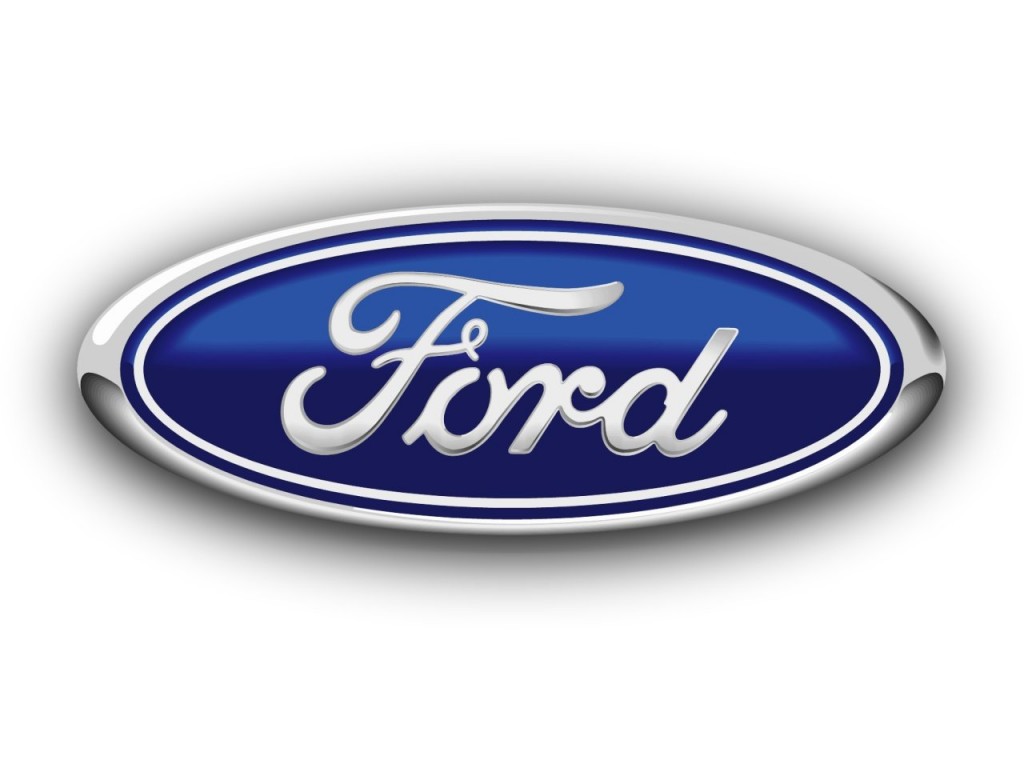When Ford recently brought three new models to the UAE car market for a spot of hot weather testing, it was a chance too good to miss. Wheels has had the great good fortune to be invited for a look behind the scenes, to spend a day with the engineering crew driving in three intriguing cars — a Lincoln MKZ, Ford Fusion and the interesting new second generation EcoSport. This last is a small urban crossover originally built in Ford’s Brazilian plant at Camaçari, but will shortly be produced at a new plant in Chennai, India, and in China too. Ours is a Titanium spec version from the Chinese plant, because Brazil were unable to source and supply a suitable vehicle in time.
So after breakfast and sticky buns, it’s off to the pre-drive briefing. The programme is nothing too arduous, just a cross-country jaunt to Fujairah and back, with plenty of opportunities to swap drivers and cars. The boffins in the back seats are making sure that the cooling systems and AC can cope with the conditions. Why the UAE, and not the USA? There, after all, is Death Valley, holder of the world record hottest place on earth. There, too, is Florida, one of the world’s most humid locations. But it turns out
that the UAE is special, because we combine the two. Not only do our temperatures creep up to the mid to high forties, we add the second whammy and throw in humidity of 75 per cent and more. So yes, the conditions here are some of the most testing anywhere in the world. The cars themselves are fascinating, rigged with all sorts of sensors, thermocouples and measuring devices.
On the roof is taped a device to accurately measure external air temperature, under the bonnet is a spiderweb of extra yellow wires, a tiny sensor is suspended on a stalk beside the driver’s head, and everything leads back to dataloggers in the boot and a laptop on the back seat. What the engineers are most keen to study is how quickly the car’s cooling systems can get to the desired temperature, a key test of any AC system in this country. Lessons learned here are translated back to the States, and improvements made as a result are then applied to all cars built. So the Middle East has a role in making better Fords all over the world.
The other cars on test during our drive were the 2013 second-generation Lincoln MKZ fitted with the 2.0-litre four-cylinder Eco-boost engine. This generates an impressive 240bhp and an even more useful 366Nm of torque. We also have the latest version of Ford’s Fusion, which shares much of its underpinnings with the Lincoln. That means the same CD4 platform, claimed to be 10 per cent stiffer than the previous generation, new Macpherson strut front suspension and an all-new multi-link arrangement at the rear.
The Fusion also has a 2.0-litre turbocharged engine and sends its power to the front wheels through a 6F35 transmission with SelectShift capability. It is a combination that works well. Ford certainly intends the Fusion to be more of a driver’s car, and it delivers. Perhaps the bigger surprise is how different the MKZ and Fusion feel on the road. The Lincoln is unmistakably American, quiet and smooth, absolutely at home on long, smooth fast roads. The Fusion by contrast feels much more planted in the twisty bits, having a slightly stiffer set-up with more sporty intentions intended for European roads. Here, you’ll just have to try driving both and see which you prefer. For me, it would be the interior of the Lincoln with the set-up of the Fusion.
Oh well. What definitely impresses about both cars is the strength of that engine. It replaces the old 3.0-litre V6, produces very similar power and torque, weighs less and offers better fuel economy. From behind the wheel it pulls strongly and immediately, and then settles into the
sort of long-legged loping gait that says you could cross continents without breaking sweat. Which is good, because that is precisely what we do. Well, maybe continents is a bit much, but cities will do. Our route takes us through the heart of the UAE, crossing from Dubai in the west to Fujairah on the East coast, with a mix of fast new highways and some testing mountain twists.
We have a couple of stops for driver changes, and then it’s lunch. Throughout the drive, the engineers in the back are keeping a very close watch on their many sensors, monitoring the temperatures outside the car, entering the AC system, at the vents and at various places in the cabin. The temperature of the air reaching your face has a very important role to play in your ‘feel’ for the effectiveness of the AC, hence the thermocouple stuck out on a wire beside my ear.
Both the Fusion and the MKZ are thoroughly impressive cars on the road, but the EcoSport mini-SUV struggles a bit to keep up in such company. On its own, or in city traffic, its little 1.4 is fine, but it has to be worked hard to stay in touch with the rest of our convoy, which makes the cabin noisy. It handles well, though, and is happy mixing with the big boys around the mountain twists and turns. After an excellent lunch, we return to Dubai via the same mix of mountain and motorway, and spend an hour or two back at the hotel chatting with the engineers about our impressions of the day.



